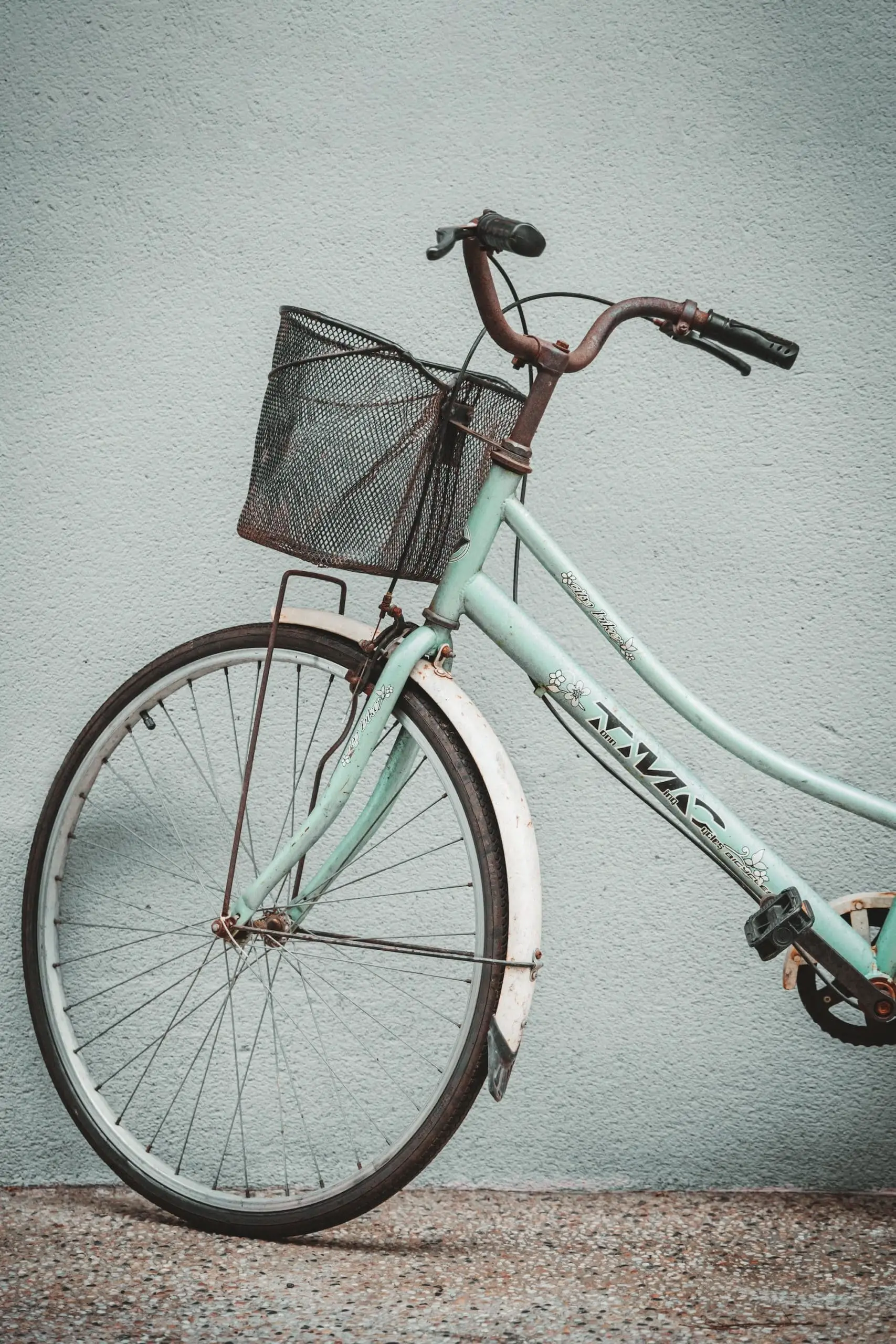If you own a bike, you need to know how to take care of it if you want it to serve you for many years. Among the things you need to know is how to get rust off a bike. Since most parts of a bicycle such as the frame, chain, gears, handlebars, and wheel rims are made of metals, rusting is one of the most common challenges you are likely to experience. Most of the bikes indeed have a layer of coating that protects them from rusting but this coating is not permanent. Once the paint peels off, the metallic parts of the bike will be left exposed and this might lead to rusting. In this article, we shall reveal the 3 simple methods on how to get the rust off a bike.
Step 1: Identify the affected parts
The first thing you need to do is to identify the rusty parts. Using a bike degreaser will allow you to see those parts more clearly. You will also need a wire brush when working on the chain.
Step 2: Removing Rust
After you have identified the affected parts, the next thing you need to do now is to remove the rust. Below are the 3 simplest methods that will give you the best results.
Baking Soda and Water
This is one of the cheapest ways you can rely on when removing rust from your bike. Baking soda is highly effective in removing stubborn rust particles from the bike. Another benefit of using baking soda is that it won’t damage your bike.
Procedure
- Mix equal amounts of baking soda and water in a bowl. If the bike is very rusty, you should add more baking soda.
- Continue mixing them until they turn into a thick paste. You can also add some lemon juice to strengthen the mixture.
- Apply the paste on the rusty parts using a brush or spatula. Leave the paste for about 10-15 minutes. Make sure that the baking soda is thick enough to cover all the affected parts.
- After this, you can now remove the baking soda using a toothbrush or a plastic scrubber. The rust will start to come off as you continue to scrub. In case you don’t notice any changes, you should repeat the procedure using lemon juice or more baking soda.
- Dry your bike to ensure that rusting does not happen again.
Vinegar
If you don’t have baking soda, you can also use Coca-Cola or vinegar to remove rust from your bike. These two have a very strong acetic property which enables them to break down rust easily.
Procedure
- Before you start the process, make sure that you are wearing protective gloves. After that, add Coca-Cola or vinegar in a spray bottle according to the size of your bike or the amount of rust on the bike.
- Spray the vinegar or Coca-Cola on the rusty parts and then use a toothbrush to scrub the rust. The major benefit of using a spray bottle is that you can add more solutions anytime you need them. In case the rust is still not coming off, you should add more solutions and then scrub harder.
- If the bike is so rusty, you can add baking soda to strengthen the mixture. However, you should not add a lot of baking soda because the solution might become too strong and damage the bike.

Chemical Rust Remover
In some instances, baking soda, lemon juice, and vinegar might not be very strong to remove rust. This is where you will need a strong chemical rust remover. However, you need to consider the following safety precautions when handling chemicals.
Safety precautions you should consider when handling chemical rust removers
- Wear protective gears like glasses and gloves before you handle the chemical rust remover because some chemicals might affect your skin and eyes.
- You should also read the instructions provided carefully to ensure that you have followed all the details. If the chemical touches your skin or eyes, you should rinse it thoroughly.
- Always use chemicals in well-ventilated areas. In case you are using them indoors, you should open the windows or leave the room when you start to experience dizziness.
- You should never mix any chemical rust remover with citric acid, baking soda, vinegar, or any other cleaner.
Procedure
- When applying the chemical rust remover, you should always follow the guidelines provided by the manufacturer. The duration in which you should leave the chemical on the bike varies from one product to the other. Some recommend up to 30 minutes while others should be left overnight.
- Once the suggested time has elapsed, you can now remove the chemical using a cheap cloth. When doing this, you need to be very careful since most of the chemicals are very corrosive. Remember to throw the cloth away since it can contaminate other fabrics.
How to protect your bike from rusting
Below are some of the things you should do to protect your bike from rusting;
- Oiling– This is the most effective method that you can use to keep your bike free from rusting. One of the things you should always have as a bike owner is reliable bike oil. You need to apply it frequently on the chain and other exposed moving parts.
- Storage – You should always keep your bike indoors where there is no moisture.
- Wipe it after rain– After riding your bike under the rain, you should always wipe it using a dry cloth. You should focus mainly on the metallic parts like the brake components, chain, and other removable parts.
Conclusion
As a bike owner, one of the most important things you should do is to check the bike frequently to ensure that it doesn’t have any rusty parts. Rust is very dangerous since it can cause serious damages to the bike components. A rusty bike doesn’t look attractive too! If you have been wondering how to get rust off a bike, you’ve come to the right place and we hope that you have learned something from this guide. If you follow the instructions we have outlined carefully, you will be able to restore the original appearance of your rusty bike in no time.
Happy biking!









